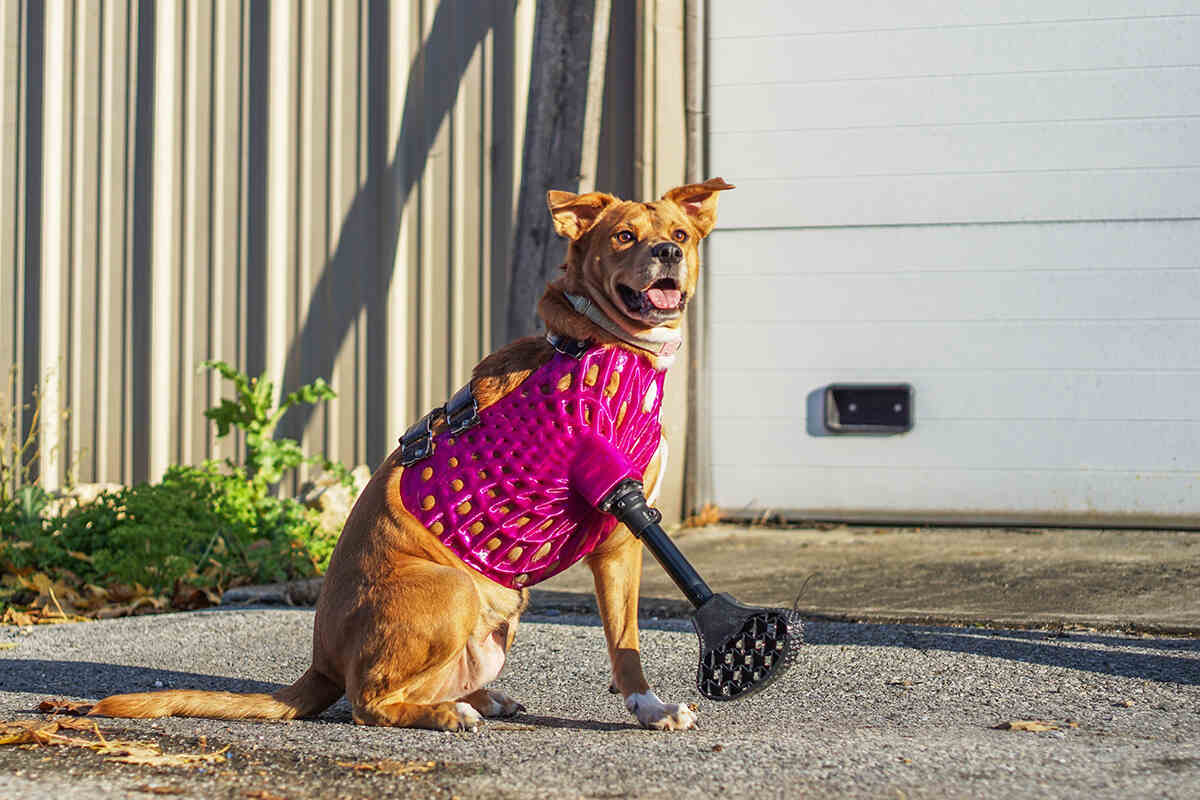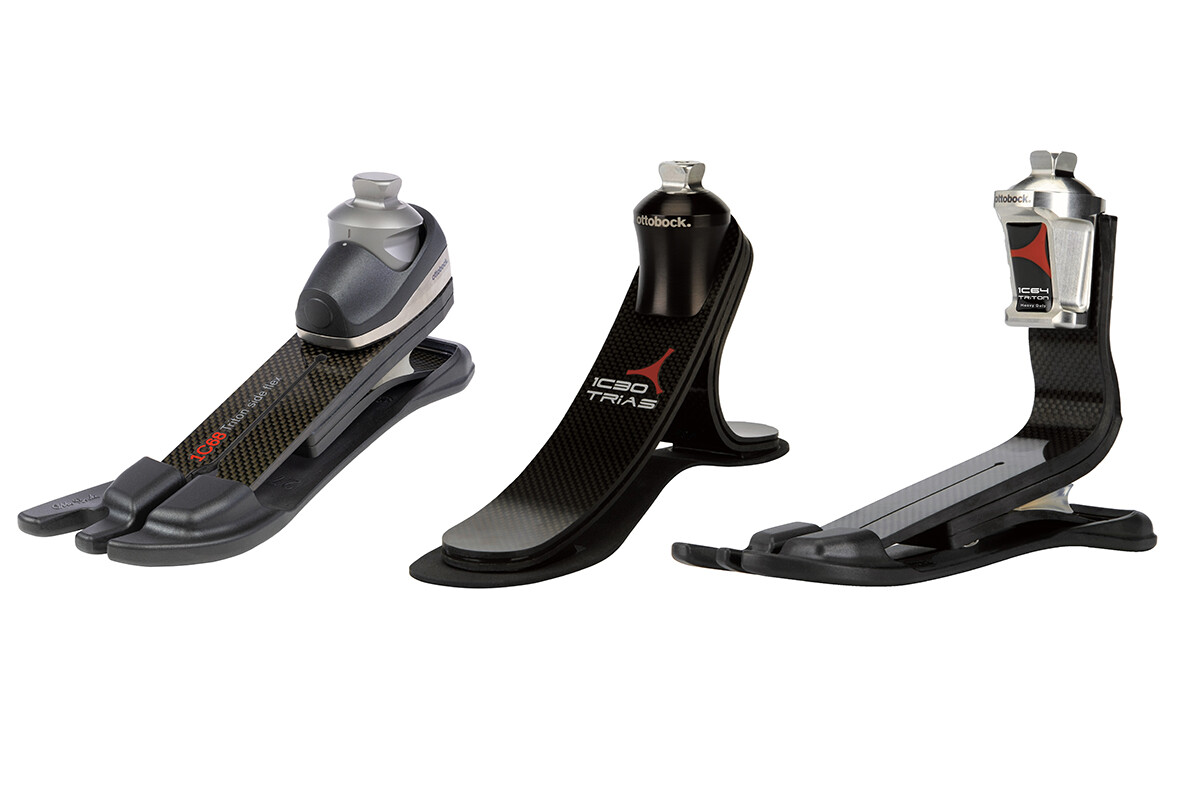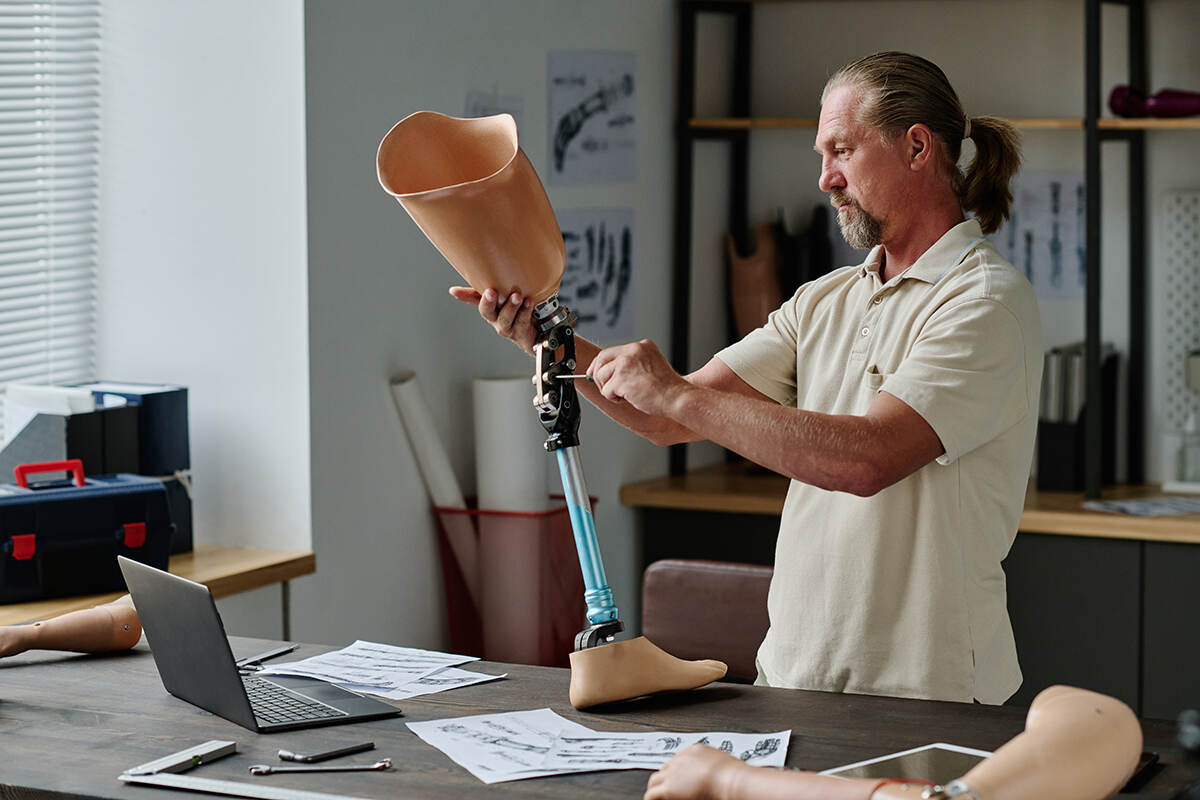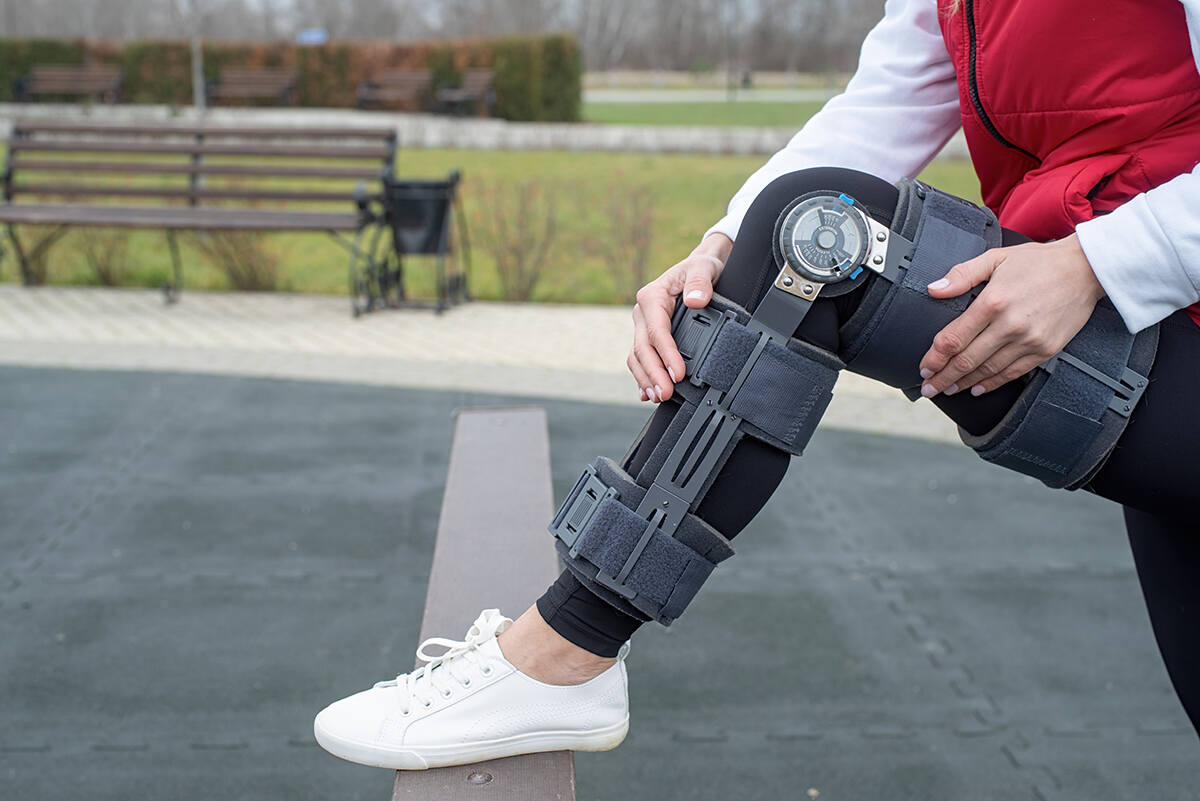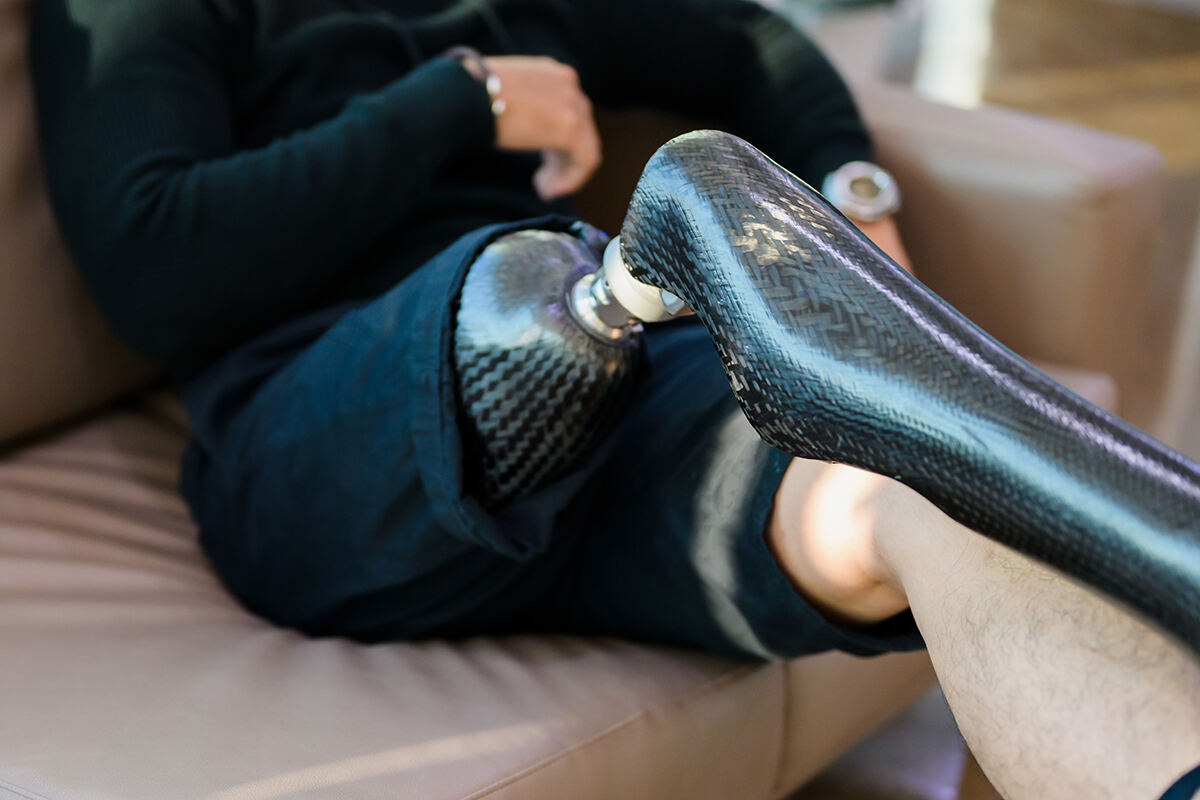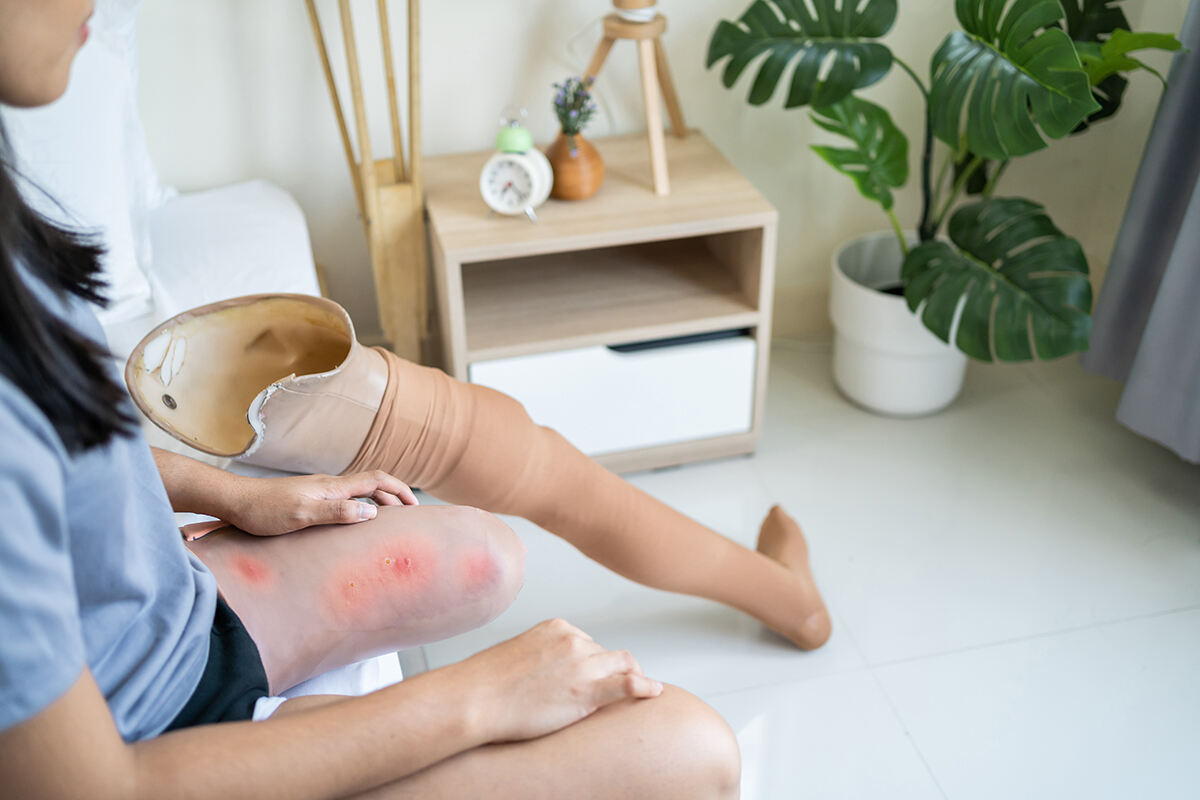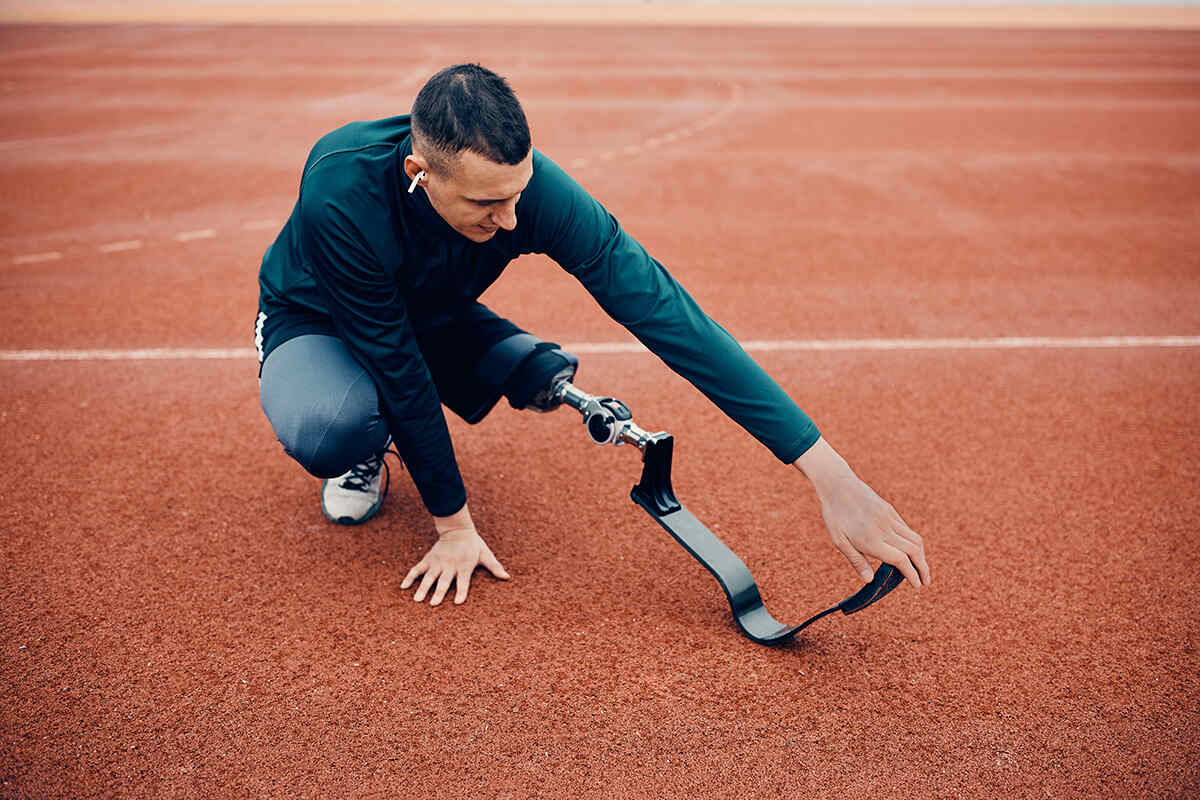Discover how technology is enabling animals with prosthetics to walk, run, and swim anew. This article exposes the effects of prosthetic limbs in the animal world, from design to application, and celebrates the resilience of creatures great and small who have overcome physical limitations through human ingenuity.
Key Takeaways
- Advancements in animal prosthetics have greatly enhanced mobility and quality of life for animals with amputations or congenital limb deficiencies, employing technologies such as socket prostheses and materials like plastic polymers for custom-fit solutions.
- Prosthetics for animals not only restore physical mobility but also bring psychological benefits, aiding in wildlife conservation and improving the welfare of domesticated ‘bionic pets’ who can lead fulfilling lives post-recovery.
- While the integration of human prosthetic technologies into veterinary medicine has propelled the field forward, it also presents unique challenges, ethical considerations, and the need for meticulous management to ensure animal welfare.
Pioneering Prosthetic Solutions for Animals
In the world of veterinary medicine, artificial limbs or animal prosthetics have emerged as a groundbreaking solution for animals suffering from amputations or congenital limb deficiencies. These prosthetic devices, designed to mimic the functionality of a natural limb, have significantly enhanced the mobility of countless animals, including those with amputated hind legs. The result? A four-legged dog that lost an artificial limb can resume its playful antics, and a bird with an amputated limb can perch and fly as if it never lost a feather.
This transformation has been made possible through the pioneering work of figures like Derrick Campana, Dr. Barrie Grant, Shimada Akio, and many others. Their efforts have led to the development of advanced prosthetic limbs, including socket prostheses designed for front legs, which closely resemble the natural movements of animals. The result is an improved quality of life for our beloved pets and other animals, who can now experience the world with renewed vigor and vitality.
The Evolution of Animal Prosthetics
Advancements in veterinary medicine owe much to the evolution of animal prosthetics, a testament to the power of human technology and innovation. The progress made in human prosthetic technology has laid the foundation for animal prosthetics, influencing the development of sophisticated prosthetic devices for animals and paving the way for significant enhancements in veterinary practices.
From the development of knee braces to prosthetic beaks for birds, the milestones in animal prosthetics are numerous. The field has seen significant advancements, resulting in a diverse range of prosthetic types designed specifically for animal use. These innovations have made it possible for animals to regain their natural behaviors, such as:
- eating
- grooming
- maintaining balance
- communication characteristic of their species
Veterinary orthotics have played a significant role in these adaptations.
Material Matters: What Are Prosthetics Made Of?
As diverse as the species they cater to, the materials used in the fabrication of animal prosthetics vary greatly. The most commonly utilized material is plastic polymers, such as PET-G or other flexible plastics. These materials are used to create prosthetics that fit comfortably on the residual limb of the animal, providing them with the support and comfort they need.
With their durability, lightweight construction, and diverse design options, these plastic prosthetics are highly suitable for animal use. They provide numerous animals with an opportunity for improved quality of life following the loss of an amputated limb. Moreover, some designs may integrate a compressible liner composed of a material known as pelite to enhance comfort and fit. This is especially critical for animals like a four-legged dog, where the prosthetic needs to provide adequate support and stability.
Inspiring Stories of Resilience: Animals with Prosthetics

Animals fitted with prosthetics tell inspiring stories of resilience. By restoring the freedom and mobility they experienced prior to their disability, prosthetics have significantly improved the overall quality of life for many animals. From Beauty the Bald Eagle, who received a 3D-printed prosthetic beak, to Edward the Pug, one of the early recipients of a prosthetic leg, these stories are a testament to the transformative power of prosthetics.
Prosthetics have also emerged as a crucial tool in wildlife conservation, especially with the progress in 3D printing technology. They aid in the rehabilitation of injured wildlife, including endangered species, thus playing a pivotal role in their protection and conservation. The development of long-lasting limb support has been a significant advancement in this field.
From Tragedy to Triumph: Notable Cases
The remarkable transformation animals undergo with the use of prosthetics is one of the most striking aspects. From tragic accidents and debilitating injuries to triumphant recoveries, these animals exemplify strength and resilience in the face of adversity. For instance, Sadie, an American foxhound, was fitted with a prosthetic paw following a two-year disappearance. Thanks to her prosthetic, Sadie was able to regain her mobility and live a fulfilling life.
Prosthetics offer benefits for animals that extend beyond mere physical recovery. They also foster a sense of normalcy, reduce discomfort, and provide essential support and stability, leading to improved mobility. This reinstates the ability for animals to participate in diverse activities, closely resembling the mobility they would have with all their limbs intact, thereby enhancing their overall well-being.
The Role of Rehabilitation
Rehabilitation is a critical component of successful prosthetic integration in animals. This process involves physical therapy or rehabilitation to facilitate the proper adaptation and functionality of the prosthetic limb. The objective is to restore a quadruped structure whenever feasible, enabling the animal to acclimate to the prosthetic.
Rehabilitation following the reception of prosthetics offers numerous benefits to animals, such as enhanced quality of life, functional autonomy, and increased muscle strength. Despite the potential challenges, such as skin complications, mechanical device issues, and reluctance to accept the device, meticulous management can facilitate successful adaptation.
Veterinary Advances in Prosthetic Technology
Prosthetic technology has made some significant strides in the field of veterinary medicine. Customization, enabled by 3D scanning technology and additive manufacturing, is a crucial aspect of these advancements. This innovation has positively impacted more than 300 diverse animal species, facilitating the production of prosthetics that enhance mobility and overall well-being, while ensuring individualized solutions for each recipient.
Additive manufacturing, in particular, plays a significant role in customizing prosthetics for animals. This process facilitates:
- The production of intricate shapes
- Personalized fittings that can accommodate the specific anatomy of each animal
- Ultimately improving the functionality of the prosthetics.
Customization Is Key
Customization is key to the success of animal prosthetics. Each animal is unique, and their prosthetic needs to reflect this. Custom-made prosthetics provide a range of benefits, such as improved mobility, enhanced support, and a higher quality of life. These prosthetics are specifically designed to meet the unique physical needs of the animal, enabling them to move independently with minimal discomfort.
However, tailoring prosthetics for a range of animal species poses challenges. These include:
- Adapting human prosthetic technologies and surgical procedures for animal use
- Addressing potential issues like skin irritation
- Selecting the most suitable design
- Managing the costs associated with these specialized prosthetics.
The Intersection of Human and Veterinary Prosthetic Innovation
Animal prosthetics development exemplifies the intersection of human medicine and veterinary prosthetic innovation. Veterinary medicine has incorporated human technologies and surgical procedures in the creation of animal prostheses, and the progress in human prosthetic technology has also had a positive effect on veterinary prosthetics.
Examples of such adaptation include the development of titanium prosthetic hips for dogs, a direct adaptation from human prosthetic innovation. The shared and unique challenges faced in developing prosthetics for humans and animals highlight the importance of considering the specific needs of each animal species, leading to a particularly tailored design and fitting process for each species of animal.
Bridging the Gap Between Species
The process of bridging the gap between species is a crucial aspect of developing advanced and effective prosthetics for animals. The shared and unique challenges faced in developing prosthetics for humans and animals highlight the importance of considering the specific needs of each animal species, leading to a particularly tailored design and fitting process for each species of animal.
However, this process is not without its challenges. Several obstacles in adapting human prosthetic technology for animals include:
- The necessity of selecting appropriate design
- The possibility of animals chewing on devices and causing harm
- The complexity of adaptation for animals, particularly those in natural habitats.
The Impact of Prosthetics on Animal Welfare
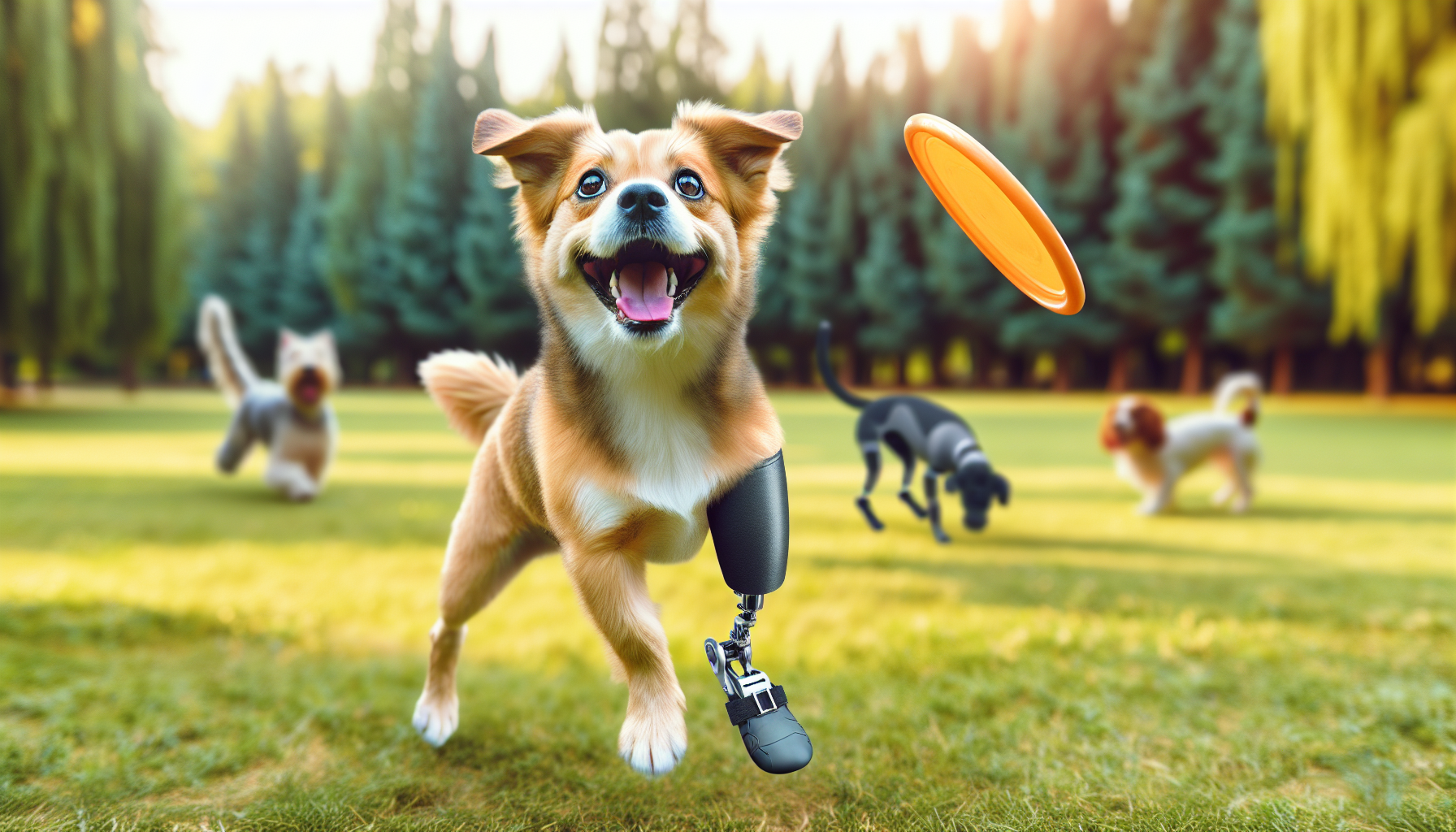
Prosthetics profoundly impact animal welfare. Beyond mobility, prosthetics provide psychological and physical benefits that improve the overall quality of life for animals. They promote a feeling of normalcy, reduce discomfort, and provide essential support and stability, leading to improved mobility.
Indeed, the quality of life for animals can be measurably improved through enhanced stability, comfort, and performance of limb prosthetics, ultimately contributing to their overall wellbeing. Prosthetics play a significant role in enhancing the general welfare of animals by:
- Facilitating the restoration of lost mobility
- Promoting increased activity levels
- Providing greater independence and comfort
- Ultimately leading to an enhanced quality of life.
Beyond Mobility: Psychological and Physical Benefits
Prosthetics offer benefits for animals that extend beyond mere physical recovery also leading to improved mobility. This reinstates the ability for animals to participate in diverse activities, closely resembling the mobility they would have with all their limbs intact, thereby enhancing their overall well-being.
In addition to these physical benefits, prosthetics can have a profound impact on an animal’s mental well-being. They enable animals to regain their independence and engage in natural behaviors, such as eating, grooming, and moving more freely. These are vital for their daily functioning and overall welfare.
Challenges and Considerations in Animal Prosthetics
While animal prosthetics offer numerous benefits, there are also challenges and considerations to be mindful of. These include:
- Ethical concerns such as the potential for overuse or misuse of prosthetic technology
- The need to assess moral implications
- Obtain informed consent
- Evaluate the potential impact on the animal’s quality of life
In addition to these ethical considerations, there are practical challenges to consider. These include potential complications such as exacerbating posture issues, causing wear on the skin, muscles, and bones, and the development of sores or prosthesis failure. However, these challenges can be managed with careful planning and meticulous management.
Ethical Considerations
Using prosthetics in animals entails several ethical considerations. Some of these considerations include:
- Ensuring that the use of prosthetics is in the best interest of the animal
- Making sure that the technology is not being misused or overused
- Prioritizing the welfare of animals in any decision to use prosthetics
These ethical considerations are important to ensure that animals are treated with care and respect when using prosthetics.
Other ethical considerations include the need for informed consent, the potential for harm or distress to the animals, and the issue of how to uphold their rights. These considerations highlight the importance of using prosthetics responsibly and ethically, always keeping the best interests of the animals at heart.
Prosthetic Success Stories Across the Animal Kingdom
Countless success stories of animals benefiting from prosthetics can be found across the animal kingdom. From Beauty the bald eagle, who was given a nylon-composite beak, to Winter the dolphin, famous for her prosthetic tail, these stories demonstrate the positive influence of prosthetic advancements on wild animals, enabling them to endure and flourish despite their injuries.
These stories are not just confined to wild animals. Domesticated animals, or “bionic pets,” have experienced dramatic improvements in their lives thanks to prosthetics. From dogs and cats regaining their mobility to a pony serving as a therapy animal with the help of a new prosthetic leg, these stories are a testament to the transformative power of prosthetics.
Celebrating Bionic Pets
Prosthetics have profoundly impacted the realm of domesticated animals. The stories of these “bionic pets” are nothing short of inspiring. From Molly the pony who received a new prosthetic leg and now works as a therapy animal, to a swan that was given a replacement for part of its deformed beak, enabling it to preen and eat properly, these stories showcase the transformative power of prosthetics.
Moreover, these success stories also highlight the resilience and determination of these animals. Despite their initial struggles, they have managed to adapt to their prosthetics and lead fulfilling lives. They serve as a testament to the power of resilience and the incredible potential of prosthetic technology.
Summary
The world of animal prosthetics is a testament to the power of human innovation and the resilience of animals. From the evolution of this technology to the inspiring stories, prosthetics have transformed the lives of countless animals, providing them with increased mobility, a better quality of life, and a renewed sense of normalcy. Despite the challenges and ethical considerations, the prospects for prosthetic technology in enhancing the well-being of animals are highly optimistic.
Frequently Asked Questions
What animals have prosthetics?
There is prosthetic limbs for a variety of animals available, including dogs, horses, ducks, and elephants. Other animals with prosthetics include a bald eagle and a dolphin.
How many animals need prosthetics?
Over 20,000 animals have received prosthetic limbs, thanks to the work of Derrick Campana, an animal orthotist. He has made a significant impact in improving the lives of these pets.
Who is the animal prosthetic guy?
Derrick Campana, also known as the Wizard of Paws, is the person who creates prosthetic limbs for pets and sanctuary animals. He has a Bachelor’s degree in Kinesiology/Biomechanics and a Master’s degree in Orthotics and Prosthetics, and he discovered his passion for building orthotic and prosthetic devices for animals in 2005.
What materials are commonly used in the making of animal prosthetics?
Animal prosthetics are commonly made using plastic polymers like PET-G or other flexible plastics. These materials offer durability and flexibility for the prosthetic, allowing for natural movement and comfort for the animal.


